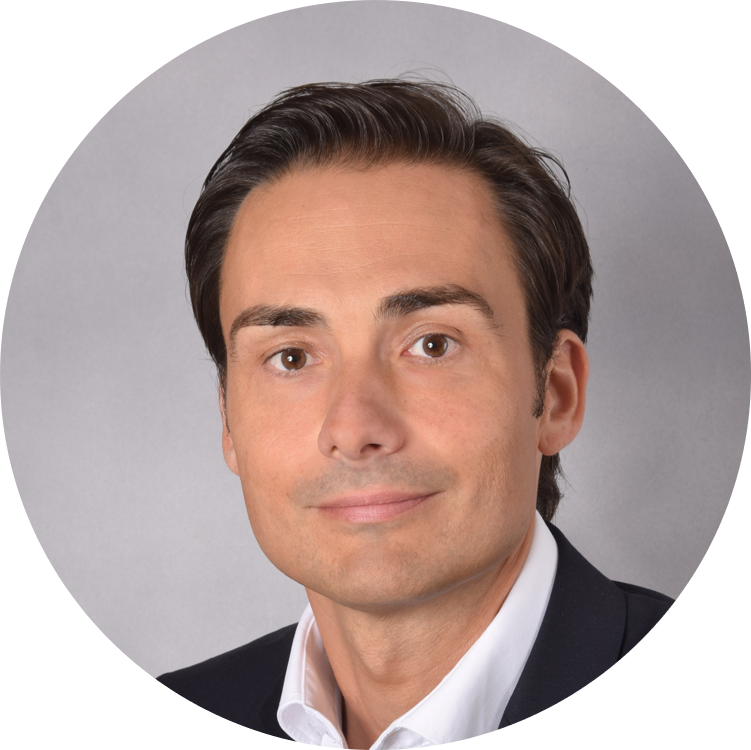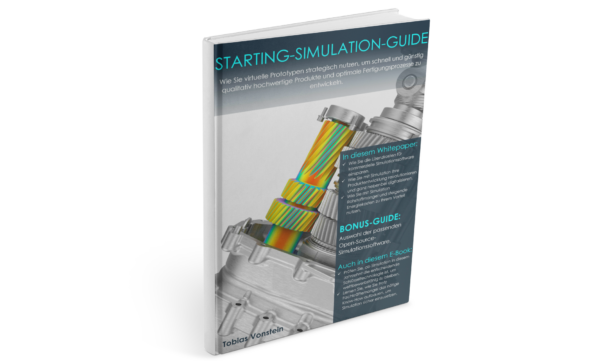Natural frequencies and modes from the gingerbread man Pfeffi
For this year’s Christmas simulation, we carried out a numerical modal analysis with the FEM freeware Salome Meca. Today I would like to introduce you to Pfeffi . Pfeffi is a gingerbread man, is approx. 400 mm tall and is made of aluminum (E = 70,000N / mm²). For our Christmas simulation we were able to persuade Pfeffi to undergo a numerical modal analysis. Additional dimensions in his arms and legs inspire Pfeffi to adopt the following eigenmodes:
- Say-Yes-Mode: 397 Hz
- Walk mode: 445 Hz
- Run mode: 1,152 Hz
- Say-No-Mode: 1,430 Hz
- Dance mode: 1,963 Hz
- Merry Christmas mode: 2.129
- Sports mode: 2,423 Hz
The modes are visualized one after the other in the following video:
Which of Pfeffi’s Eigenmoden do you like best? Write us a comment!
Do you fancy your own Christmas simulation? We would be happy to share Pfeffi’s step file and the associated simulation model from the free FEM software Salome Meca with you! Just write me a message for this. Remember: Different additional masses lead to different modes. Maybe you can create even funnier gingerbread man fashions.
Our Christmas simulation was created in collaboration with our cooperation partners and good friends from WS Product Development . Thank you Mathis for giving Pfeffi a life as a virtual prototype.
Numerical modal analysis with the FEM freeware Salome Meca (Code_Aster)
The dynamic behavior of components and assemblies often causes unpleasant surprises in industrial practice. This is particularly the case when assemblies that were only statically loaded in the past are suddenly subjected to dynamic loads. If the component is excited at one of its natural frequencies, the loads increase unexpectedly. This usually leads to failure of the component and possibly also damages the surrounding structure. For example, during an earthquake, surface movements can cause a pressure vessel to vibrate strongly and thus cause damage with disastrous consequences. Fortunately, the natural frequencies and natural modes can be determined with the numerical modal analysis, a procedure based on the finite element method, even before the first implementation on the virtual prototype.
With the numerical modal analysis, we can quickly and easily ensure that assemblies are not excited in their natural frequencies later during operation and thus go into resonance. In addition, the natural frequency calculation is used to check whether static equivalent loads may be used for strength proofs of dynamically loaded systems.
For the implementation of our Christmas simulation and for the numerical modal analysis in general, we use the FEM freeware Salome Meca with the open source FE solver Code_Aster. Together, both software tools result in a powerful simulation environment for structural dynamics and many other classic applications of finite element analysis.
FEM Freeware has the advantage that we and our customers can use it commercially free of charge without any restrictions. So without software license costs!
With this in mind, we are now going into the Christmas break with our blog. Next year we will be back with a blog article about flow simulation and the analysis of fluid-structure interactions. We wish you a Merry Christmas and then a good start into the New Year.



As little as I like Salomé Meca, it is not fair to say it is “freeware.” Also, do mind the words to avoid (or use with care): regarding free software: https://www.gnu.org/philosophy/words-to-avoid.html#Freeware
Thank you for the valuable addition. Of course I know the difference between open source software and freeware. In professional circles, only the term open source software undoubtedly honors what salome meca is.
However, it is our goal that a larger group of users will benefit from open source simulation software. For this we have to inform beginners.
You might be surprised, but most people with no prior experience with open source software search Google for “fem freeware”, for example. That’s why I have to use this wording in my posts so that the posts are also found by the people who benefit from them. Sorry but this wrong expression serves a higher purpose 😉
But your suggestion is great. I have planned a blog article in which I will take up this topic.